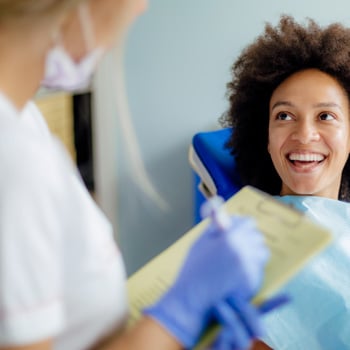Each of these BriefCase activities meets the Dental Board of California’s requirements for .5 units of continuing education for dentists and oral surgeons.
Rethinking Standing Orders for Opioids to Manage Pain in Adolescents and Young Adults Requiring Third Molar Extraction

[themo_button text=”Participate Now” url=”https://www.cmeoutfitters.com/activity-archive/bc009/” type=”standard” target=”_blank”] |
The first installment of this CME Outfitters BriefCase series on non-opioid pain management focuses on how to choose safe and effective pain management strategies for dental post-surgical pain by aligning pain management practices to evidence-based recommendations for a rational, multimodal approach to analgesia. For more information about this activity, click here. |
Getting a Head Start on Pain: Simple Changes to Your Pre-Procedure Workflow for Assessing Misuse and Diversion of Opioids

[themo_button text=”Participate Now” url=”https://www.cmeoutfitters.com/activity-archive/bc009/” type=”standard” target=”_blank”] |
This CME Outfitters BriefCase activity focuses on when to use validated tools to assess patients for risk of misuse and diversion of opioids as well as strategies for engaging patients in the management of their pain. For more information about this activity, click here. |
What Should They Expect? Making Time to Talk to Patients About Pain Before Their Dental Procedure

[themo_button text=”Participate Now” url=”https://www.cmeoutfitters.com/activity-archive/bc011/” type=”standard” target=”_blank”] |
In the third installment of this CME Outfitters BriefCase series on non-opioid pain management, expert faculty share strategies for educating patients and managing their expectations, setting clear goals, as well as best practices for patient engagement. Further discussion illustrates the importance of post-operative follow-up and practical information on safe storage and disposal of unused medication. By engaging patients in an open discussion, clinicians effectively partner with their patients and the community as a whole to be a resource for health and wellness. For more information about this activity, click here. |
